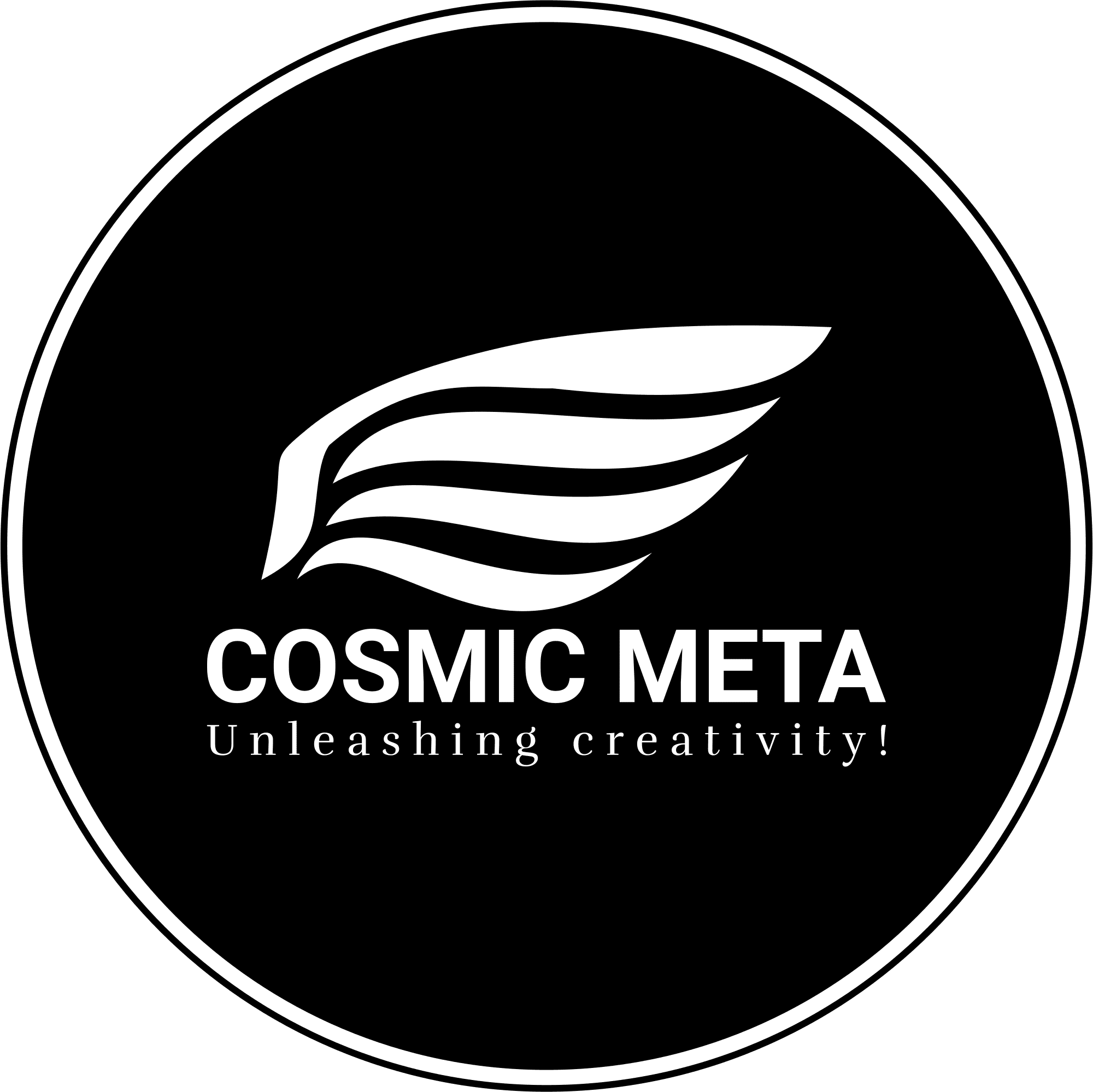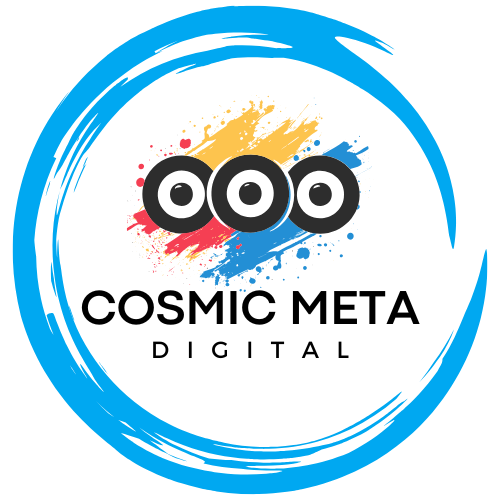In today’s dynamic workplace, the concept of continuous learning has evolved from a strategic advantage to a business imperative. Most importantly, organizations are now turning to learning in the flow—a seamless integration of learning opportunities into the daily rhythm of work. This transformative approach not only helps employees upskill but also boosts engagement and productivity, thereby unlocking every team member’s true potential.
Because businesses face rapid technological changes and market shifts, continuous learning has become crucial. Companies that embrace this model are better positioned to drive innovation and maintain a competitive edge, as it aligns personal growth with corporate objectives.
What Does ‘Learning in the Flow’ Mean?
Rather than viewing learning as a separate, scheduled activity, learning in the flow embeds development directly into employees’ day-to-day tasks. This method integrates interactive tools, short micro-courses, and on-demand resources directly into the work process, making learning both relevant and immediately applicable. Most importantly, it ensures that new skills are reinforced at the exact moment they are needed.
Because this approach is embedded in daily activities, employees can learn effortlessly as tasks unfold. Furthermore, by reducing the barrier between learning and working, organizations foster an environment where continuous improvement is a natural and constant process.
The Business Case for Continuous Learning
Organizations that foster a culture of ongoing development are 92% more likely to innovate and 37% more productive compared to those that don’t invest in continuous learning initiatives.[1] This is because employees armed with up-to-date skills can solve problems faster and adapt to emerging trends. Therefore, continuous learning is not just an investment in human capital but a strategic tool for business growth.
Besides that, when reskilling and upskilling are prioritized, companies position themselves as industry leaders. Because employee development directly correlates with improved performance, this model becomes a win-win for both individual career growth and organizational success. For more insight on the ongoing benefits, refer to resources like Growth Engineering and Educate360.
The Employee Perspective: Engagement, Confidence, and Career Growth
Continuous learning is a powerful driver of employee engagement and job satisfaction. When professional development is seamlessly woven into daily work, employees feel more engaged and valued. Because this method meets their immediate needs, it creates a positive cycle of learning and application that boosts confidence.
In addition, the ability to acquire skills on the fly empowers employees to take charge of their own career advancement. Organizations that offer robust continuous training witness higher retention rates, as staff members feel supported and are more inclined to remain with a company that invests in their future.[4]
Learning in the Flow: Practical Advantages
The practical advantages of learning in the flow are numerous and directly impact workplace efficiency:
- Timely Application: Employees can immediately apply new knowledge, reinforcing retention and enabling real-time skill adaptation.
- Collaboration and Knowledge Sharing: Group learning initiatives convert everyday tasks into collective learning experiences, making collaboration a natural outcome. This is well-highlighted in insights from Educate360.
- Building Agility: A workforce that continuously learns tends to be more adaptable, resilient, and prepared for rapid industry changes. Therefore, companies that integrate continuous learning are often more agile and future-ready.
Furthermore, the incorporation of microlearning and digital platforms ensures that training is efficient and accessible, ultimately resulting in a more competent and confident workforce.
Implementing Continuous Learning in Your Organization
To truly unleash employee potential, organizations should embed learning into daily workflows. This means using a mix of formal training sessions and informal micro-learning techniques. Most importantly, digital platforms must be leveraged to deliver customized, bite-sized content.
Practical steps include incorporating how-to videos, interactive checklists, and on-demand courses into everyday work life. Because technology now enables real-time content delivery, these steps not only simplify learning but also encourage immediate application of newly acquired skills. Additionally, resources from WorkRamp offer valuable guidance on implementing these strategies effectively.
- Leverage Digital Platforms: Adopt tools that deliver bite-sized content, such as how-to videos, checklists, and on-demand courses.
- Encourage Peer Learning: Foster environments of mentorship, collaborative projects, and internal knowledge-sharing sessions.
- Provide Real-Time Feedback: Offer immediate coaching and recognition to promote growth during work tasks.
- Personalize Learning Journeys: Allow employees to choose topics aligned with their roles and goals, ensuring greater relevance and engagement.
Creating a Culture of Continuous Improvement
Beyond structured training initiatives, creating a culture of continuous improvement requires a fundamental shift in mindset. Leadership must actively participate in lifelong learning and demonstrate commitment to personal growth. Because an organization’s culture is shaped by its leaders, this top-down approach is essential.
Furthermore, recognizing and rewarding curiosity and proactivity fosters a supportive environment where learning is a shared value. Most importantly, when employees feel psychologically safe and have uninterrupted access to learning resources, they can focus on honing skills that drive both personal and company success.
The Future of Learning in the Flow
The future of employee development is not static; it is continuously evolving with digital innovation and emerging trends. Because continuous learning is embedded in daily activities, companies will be better prepared for future challenges, making them agile and competitive in any market scenario.
Moreover, as technology further integrates into the workplace, learning will become increasingly seamless and personalized. By adopting these practices, organizations can stay ahead of the curve, ensuring that their workforce is equipped with both current and future-ready skills. In line with insights from Intellum and Growth Engineering, continuous learning is set to revolutionize the way businesses operate.
References
- Intellum: Fostering a Culture of Continuous Learning in the Workplace
- Growth Engineering: Learning in the Flow of Work
- Educate360: Top 12 Benefits of Continuous Learning and Development
- WorkRamp: What is Continuous Learning and How to Implement It
- Indeed: 12 Benefits of Continuous Learning at Work



